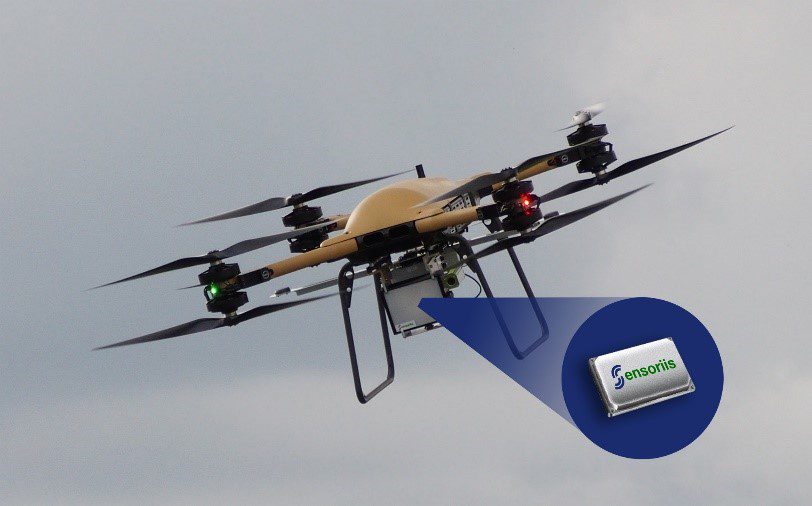Our Products
RadarAware
Wherever there are potential hazards like rooftop antenna, cranes, trees, or other aircraft in flight, an effective, robust and reliable avoidance strategy is required.
Our RA350 micro radar enables a drone to detect objects in the flight path, whether in the air or ground based.
The RA350 includes no moving parts, has fully electronic beam-steer antennas arrays, and is designed for the small weight and other requirements of commercial drones.
It scans a wide area covering the flight path ahead, and measures and reports the location and speed of obstacles with high resolution and accuracy through the Application Programmers Interface.
The industry standard MAVlink protocol can also be supported.
Two models are available, with different maximum range measurement capability:
ARC
ARC stands for Active Radar Cooperating, and is critical in enabling unmanned aerial vehicles to navigate safely and efficiently.
ARC-Find
Resilient localisation for Unmanned Aerial Systems (UAS) is vital when satellite navigation systems (GNSS) are temporarily unavailable, suffer interference, or have been blocked.
Our ARC-Find™ micro radar provides a localisation capability based on direct radar range measurement that is independent of satellites and invulnerable to jamming mechanisms. The radar is also unaffected by poor visibility, lighting conditions and bad weather, unlike camera-based localisation.
The system is designed for high visibility between one or more compatible ARC radars. A primary will report the range, bearing and elevation to other ARCs, whilst ignoring radar reflections from the background.
A last mile resupply air (or ground) vehicle can locate the endpoint of a mission within centimetres, without the need for satellite positioning or inter communication at either end, if the forward position has a Sensoriis ARC radar.
The UAS can then locate the endpoint and fly resupply missions. Equally the UAS can return to origin through guidance of a further ARC radar.
In the case of a vessel at sea the endpoint may have moved, and ARC finds the current position as opposed to that at take-off.
Each ARC device can be configured with a unique code that is reported over the radar carrier frequency.


The video shows an engineering interface demonstrating ARC-Landing.
ARC Landing
Sensoriis Micro radar on moving vehicles or vessels can support relative positioning during the approach and landing phases of drone flight.
Our ARC60 micro radar provides a localisation capability based on direct radar range measurement that is independent of satellites and invulnerable to jamming mechanisms. Radar is also unaffected by poor visibility, lighting, and bad weather, unlike camera-based localisation.
The ARC-Landing includes a Primary micro radar installed onto the UAS, which reports the location of other ARCs on or around the landing zone, whilst ignoring radar reflections from background infrastructure.
The Sensoriis MLat software library module allows the 3D location of the drone to be measured with centimetric accuracy, as well as the yaw.

